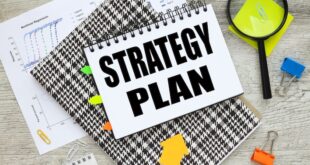One of the biggest risks an investor can take is to have too much money in one place.
You are convinced that your one big investment is the "best one by far", and you know that diversification is essential, but somehow you don't.
Then the unexpected happens and you get needlessly burnt.
All investors will do better in the long run if they ;
diversify and continually rebalance
own a mix of uncorrelated assets e.g. bonds, property and shares
ensure they have some investments that are liquid (bonds and shares) so they can access them in emergency
are aware they cannot rely on their income always being there
remember that they cannot always rely on tenants to pay the rent
Even the "safest" asset can be adversely affected by a bad tenant, flood, earthquake, economic downturn, imported diseases such as PSA, government actions, new taxes and so on.
Rebalancing
Rebalancing is a very handy tool, since all it really requires is two steps, plus some discipline.
Number one is to decide on what proportion of your assets you want in each asset class.
Number two is to rebalance regularly to stay within those proportions.
Property Peter
Peter has his own home worth $500,000 and has 2 rental houses that have served hi well. However the problem is that is Peter's investments are not diversified – 2 houses in the same town, and he has little else invested.
He knows lots of people who have been hit by the GCC, the Christchurch earthquake, and some needlessly so because of a lack of diversification.
What should he do?
Although he loves property and has done well from it, he decides that in future he will have;
- 5% of his money in bonds, on and offshore, since they are liquid, low risk and pay income
- 50% of his money in property since he loves it and understands it
- 25% of his money in shares, mainly offshore, for the purposes of diversification, potential growth, and liquidity
What next?
He sells the property with the lesser potential and invests 25/50/25.
Going forward
He keeps a close watch on his new 25/50/25 asset allocation.
Initially the shares are flat and then suddenly they have a sharp rise and represent 32% of his assets.
He takes the profit off the top and reduces his share holdings back to 25% of his assets.
Later on
Property has a big surge and now represents 60% of his portfolio. He reviews his property holdings, decides to sell, and buy something cheaper.
Much later on
His wife contracts very nasty health condition and he needs $50,000 urgently for treatment. He can easily access this cash from his bond and share portfolio.
Over time he has also found that that bonds and shares have served him just as well as property has.
 Buy Alan's Book in the GrownUps Store now.
Buy Alan's Book in the GrownUps Store now.
This article was supplied by Alan Clarke who is the author of a book entitled "Retire Richer" which is a practical guide for everyone age 25 to 85. Alan also writes a regular blog on www.investandretire.co.nz
Alan is an independent authorised financial adviser (AFA) and his disclosure statement is available on request and free of charge.









Join the Discussion
Type out your comment here:
You must be logged in to post a comment.